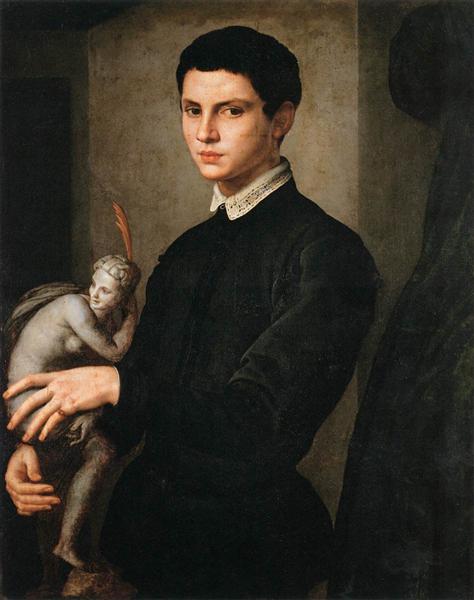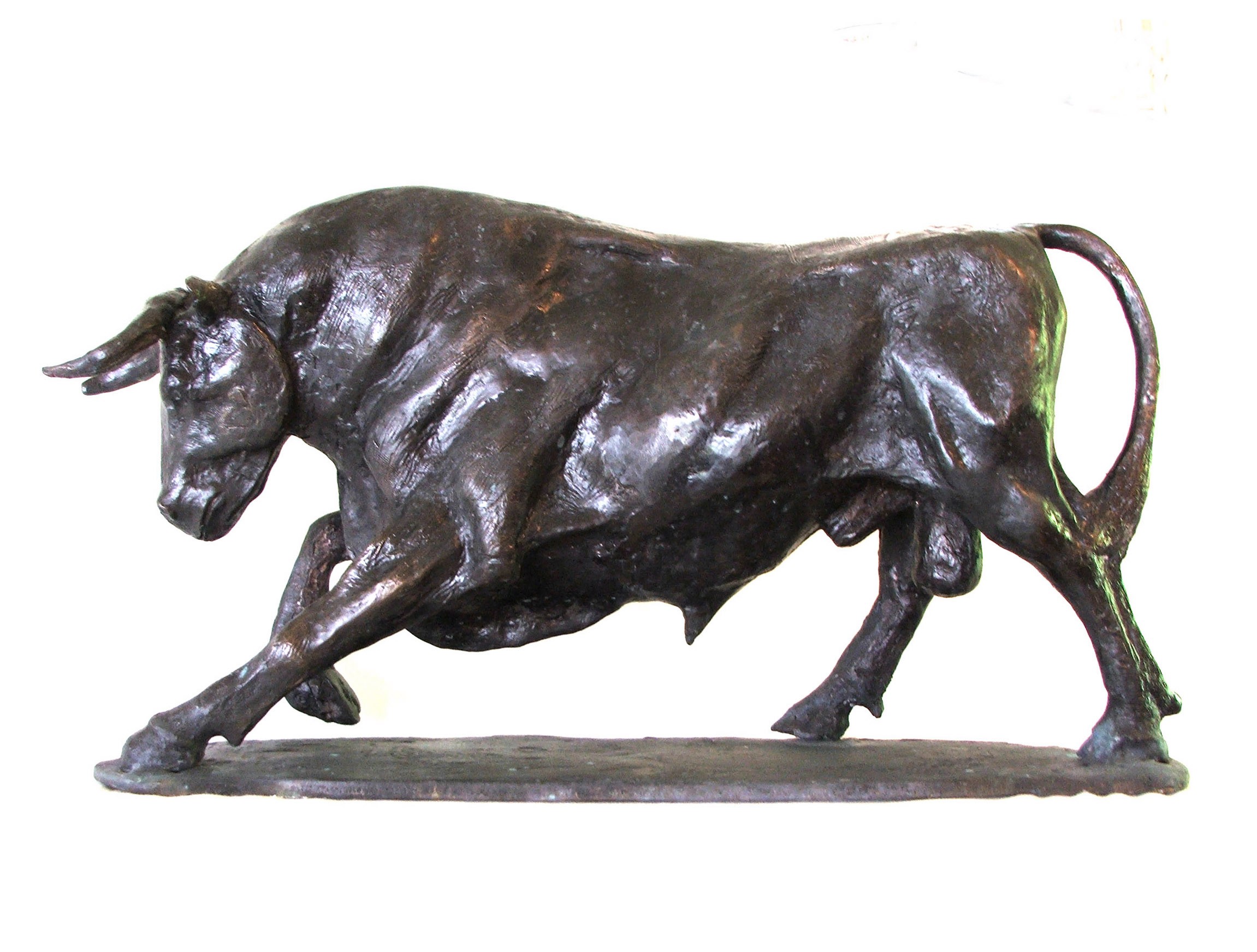Shaping the Human Type: Representations of the Body in Sculpture
Forming the Human Form: Portrayals of the Body in Sculpture is a thorough exploration of the creative depiction of the human body throughout background. From the exquisite marble sculptures of ancient Greece to the complex work of arts of the Renaissance, from the flamboyant and ornate Baroque and Rococo sculptures to the progressive and abstract expressions of modern-day and contemporary sculpture, this exhibition offers an exciting journey via the development of this timeless art form.
Old Greek Sculptures

Among the specifying qualities of Ancient Greek sculptures is their focus on proportion. Each component of the body is meticulously crafted to be in proportion to the entire, developing a feeling of balance and harmony. The sculptors paid cautious interest to every information, from the positioning of muscular tissues to the positioning of arm or legs, guaranteeing that each figure appeared both effective and stylish.
The Greeks additionally valued the principle of idyllic elegance. Rather than portraying the flaws and problems of the human type, they looked for to develop an idyllic variation of truth. The sculptures usually portrayed sirens, gods, and athletes, with their bodies shaped to perfection. Robert C Hitchcock Sculptor. This idealized representation of the human form not just celebrated physical elegance but likewise offered as a way of motivating and boosting the audience.
Renaissance Masterpieces
Proceeding the expedition of the representation of the human kind in sculpture, Renaissance masterpieces further fine-tune the idealized idea of elegance, structure upon the symmetrical and harmonious proportions of their Ancient Greek predecessors. Throughout the Renaissance duration, which extended from the 14th to the 17th century in Europe, musicians looked for to revitalize the classical ideals of ancient Greece and Rome. They studied and imitated the works of the ancient masters, aiming for a practical depiction of the body.
His masterpiece, the sculpture of David, exemplifies the excellence and elegance that ended up being associated with Renaissance art. Standing at over 17 feet tall, the sculpture portrays the scriptural hero in a state of tranquility prior to his battle with Goliath.
Another remarkable Renaissance sculptor was Donatello. His sculpture of Saint George, created in the very early 15th century, showcases the artist's capability to convey strength and the aristocracy with the human form. The statuary shows the epic dragon-slaying saint in a positioned and confident stance, showing a sense of heroism.
Renaissance work of arts not just celebrated the physical charm of the human body however additionally communicated deeper emotions and definitions. With their precise focus to detail and proficient craftsmanship, Renaissance artists elevated the art of sculpture to brand-new heights, leaving a long-term tradition that remains to influence musicians to this particular day.
Baroque and Rococo Sculpture
Rococo and baroque sculpture exemplifies the luxuriant and lavish representation of the human type during the 17th and 18th centuries. Characterized by its remarkable and dynamic style, Baroque sculpture intended to mesmerize customers through its majesty and psychological strength. Artists such as Gian Lorenzo Bernini and Alessandro Algardi developed sculptures that conveyed motion, usually portraying numbers in dramatic positions. Making use of light and shadow even more boosted the feeling of drama, producing a staged result.
Rococo sculpture, on the other hand, became a response to the grandiosity of the Baroque duration. It welcomed a more playful and delicate method, concentrating on attractive information and detailed layouts. François Boucher and Jean-Baptiste Pigalle projected Rococo artists that crafted jobs defined by their sophistication and beauty. They often portrayed numbers in graceful and sensuous postures, mirroring the laid-back and wayward nature of the Rococo design.
Both Rococo and baroque sculpture put a great focus on the human type, celebrating its charm and expressing a series of feelings - Contemporary Sculptures. Whether it was the vibrant and powerful figures of the Baroque or the graceful and captivating numbers of the Rococo, these sculptures caught the essence of the human experience, leaving a lasting influence on the art world
Modern and Contemporary Sculpture
The evolution of forming the human type continues in contemporary and modern-day sculpture. With the development of new products and methods, artists have actually pushed the borders of representation, testing standard notions of kind and charm. Modern sculpture emerged in the late 19th century as a feedback to the altering social and political landscape. Musicians such as Auguste Rodin and Constantin Brancusi sought to record the essence of the human kind, stressing emotion and movement. Rodin's "The Thinker" and Brancusi's "Bird in Area" are iconic instances of this period.
In the 20th century, the surge of abstraction and conceptual art brought brand-new possibilities for artists. Musicians like Henry Moore and Barbara Hepworth explored the connection in between kind and space, producing abstracted and natural numbers that challenged conventional notions of representation. Moore's monumental bronze sculptures and Hepworth's sculpted rock jobs are celebrated for their innovative use of materials and their capability to stimulate a feeling of the body in a non-literal way.
Contemporary sculpture remains to press the borders of depiction and discover new materials and techniques. Artists like Antony Gormley and Ron Mueck produce hyper-realistic sculptures that challenge our understanding of the go right here body, while others, such as Louise Bourgeois and Kiki Smith, utilize the body as an allegory for personal and collective experiences. The human form remains a powerful subject in sculpture, offering a platform for artists to discover identity, emotion, and the human condition.
Social Viewpoints on the Body

In the expedition of sculpting the human form, the examination of social point of views on the human body reveals a abundant and varied tapestry of representations and interpretations. Throughout background, various cultures have actually held special beliefs and values regarding the body, leading to distinct imaginative expressions - Figurative Sculptures. These cultural viewpoints form the means the human body is portrayed and viewed in sculpture, mirroring social standards, religions, and aesthetic suitables
For circumstances, old Greek sculptures commemorated the idyllic human type, highlighting physical charm and athleticism. In contrast, ancient Egyptian sculptures concentrated on the conservation of the body in the immortality, portraying figures with rigid postures and idealized attributes.
Similarly, social point of views on the human body in African art commonly highlight communal identity and spiritual ideas (Equine Sculptures). Sculptures from numerous African cultures depict the body with overstated features, symbolizing ancestral links and social values. Aboriginal cultures in the Americas additionally have special point of views on the human body, frequently depicting it in a spiritual context and stressing the link in between human beings and nature
The exam of social viewpoints on the body in sculpture allows us to get insight right into the values, ideas, and appearances of different cultures throughout history. It highlights the variety of human experiences and the methods which art mirrors and shapes our understanding of the human kind.

Verdict
In final thought, the representation of the human body in sculpture has advanced gradually, reflecting various cultural perspectives and imaginative motions. From the idealized numbers of Ancient Greek sculptures to the emotive and realistic Renaissance work of arts, and the elaborate information of Baroque and Rococo sculptures, to the abstract and experimental kinds of contemporary and modern sculpture. The human body has actually been a subject of attraction and artistic expedition throughout history, showcasing the varied analyses and expressions of the human type.
Forming the Human Type: Representations of the Body in Sculpture is a detailed expedition of the creative depiction of the human body throughout history. From the charming marble sculptures of ancient Greece to the complex work of arts of the Renaissance, from the luxuriant and flamboyant Baroque and Rococo sculptures to the avant-garde and abstract expressions of modern-day and contemporary sculpture, this exhibit supplies a fascinating trip through the development of this classic art form. Artists like Antony Gormley and Ron Mueck produce hyper-realistic sculptures that test our perception of the human body, while others, such as Louise Bourgeois and Kiki Smith, utilize the body as an allegory for personal and collective experiences. The human kind continues to be an effective subject in sculpture, giving a system for musicians to explore identity, emotion, and the human problem.
From the idyllic numbers of Old Greek sculptures to the reasonable and emotive Renaissance masterpieces, and the elaborate details of Baroque and Rococo sculptures, to the abstract and speculative kinds of modern-day and modern sculpture.